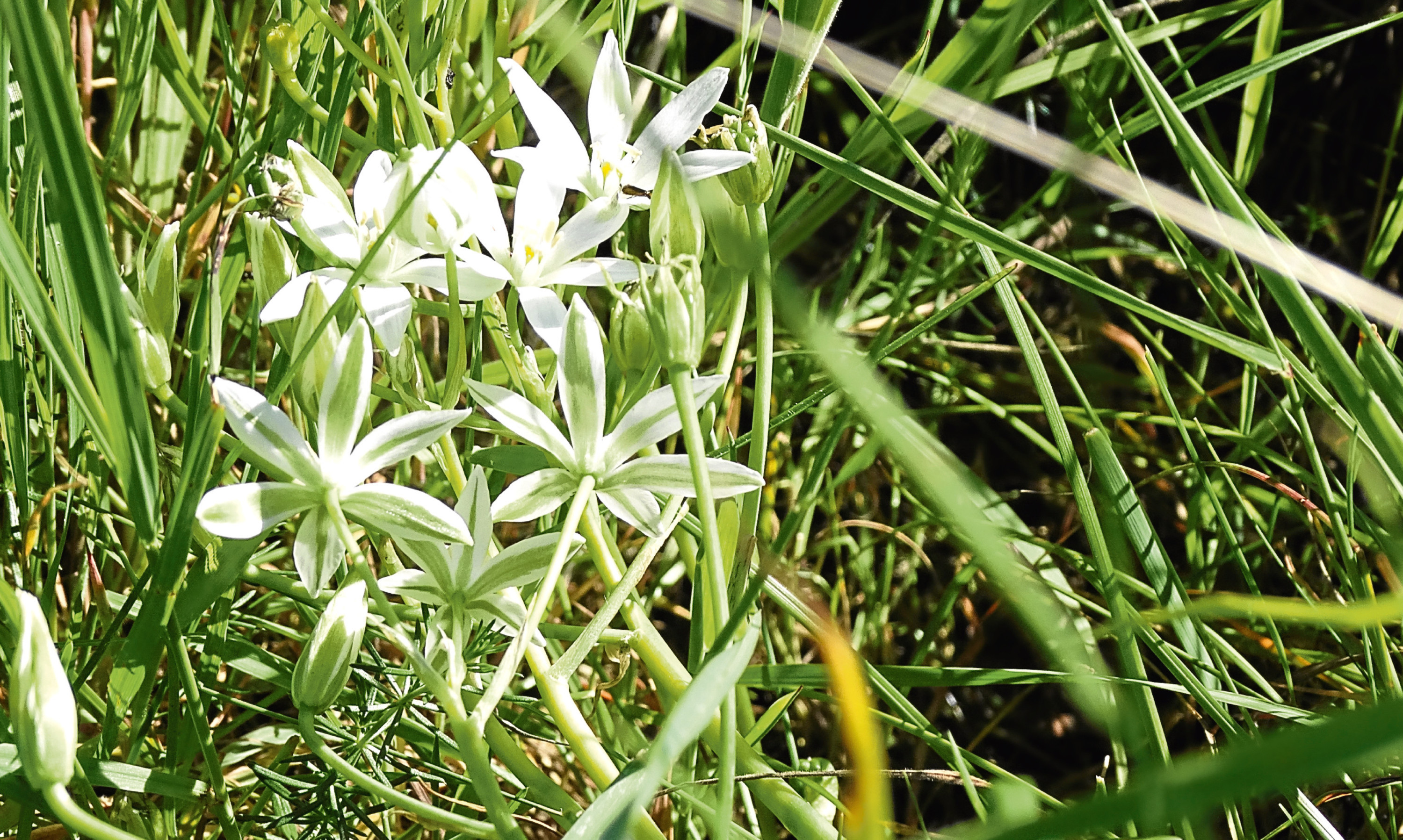A forest that is well looked after and productive has a dignity and a calm that is all its own.
That is a quotation from Norwegian Wood: Chopping, Stacking, and Drying Wood the Scandinavian Way by Lars Mytting, the most unusual and certainly the most unexpected book I have read for a long time.
It tells the reader everything he or she needs to know about chopping and stacking firewood to keep the winter fires burning. The book is a distillation of a philosophy of life that I suspect we in Scotland have largely lost sight of because we have surrendered our ability to keep ourselves and our families warm in winter time to the utility companies.
Self-reliance
But Lars Mytting wrote his book in the extreme climate of the Scandinavian winter, where self-reliance is important. Just like the poor man gathering winter fuel in the Good King Wenceslas carol, the difference between being frozen and being warm is the difference between life and death. And, guess what? It’s all about renewable energy.
Everything that you can think of about wood chopping, and several things that would never cross your mind, are dealt with in the book – the Norwegians’ historical reliance on wood for heat and to cook, the forests they go into as wood gatherers, the tools of the trade, the best woods producing the most heat, seasoning the wood ready for the coming winter chill, the artistry in creating woodpiles which are sculptures rather than wood stacks and the wood-burning stoves and memories of the tongues of flames playing on the walls while winter rages outside.
I used a chainsaw for years when we had a large garden and I spent many productive hours cutting up logs for home consumption.
There were few things more satisfying than seeing the pile of winter fuel growing higher and higher through my own efforts. The noise of the saw shut out every other sound and I retreated into my own wee buckie and let the world pass me by.
Which brings me back to the opening quotation, which came to mind during a thunderstorm last weekend while walking with Inka in a strip of elderly beech trees.
Beeches aren’t a native Scottish tree, being introduced in the 16th Century from England or possibly Holland, with which Scotland had strong cultural ties. They were planted in huge numbers by the landowning agricultural improvers of the 18th Century and many of their plantings still grow strongly today.
Water, water everywhere …
I set off with Inka under an overcast sky but it was dry and I was dressed accordingly. Not far from home the rain started but we were walking beneath the dense beech leaf canopy which normally provides protection from all but the heaviest downpour.
There was flash of lightning and a roll of thunder. Moments later another jag of lightning flashed across the sky followed almost instantaneously by a clap of thunder like an exploding carronade directly above my head.
Inka doesn’t like thunder. He takes to his bed when we’re indoors and gets very agitated when we’re outdoors. He hardly left my heel until we were home again.
The rain started in earnest, coming down in stair rods – great drops stotting off the pathway. In two minutes I was drenched. I got home with every stitch of clothing hanging off me and looking like an old sack of potatoes. I’d have been dryer going out in my dookin’ suit. And, inevitably, as I reached the front door the rain stopped.
Survival
It rained relentlessly on the east coast all day Tuesday and I popped down to St Cyrus Nature Reserve on Wednesday for a chat with warden, Therese Alampo, about how well the small ground-nesting song birds had survived.
It happened at a bad time for the skylarks, meadow pipits, warblers and chiffchaffs whose chicks have left the nest and are no longer being brooded by the adult birds. They are learning to fly and their feathers get waterlogged, they get cold which can kill them and they are easy prey for predators.
Butterflies and bumble bees fared better. The bees retreat to their nests and the butterflies take shelter under large-leafed umbelliferous plants such as giant hogweed and emerge again once the weather improves.
My picture this week is of common Star of Bethlehem, which is so uncommon that I could find no mention of it in Mary McMurtie’s Scottish Wild Flowers and I am grateful for Dundee Botanic Garden’s help in identifying it. What caught my eye was the unusual green stripe on the underside of each of the six pointed petals.
Another unusual plant, Nottingham Catchfly, whose only Scottish wild location appears to be St Cyrus, is growing profusely on the dunes just now.
Its pinkish-white flowers attract night flying insects for pollination by releasing a heavy scent. It is so-named because it was first found on the walls of Nottingham Castle, where it no longer grows, and it catches flies.
